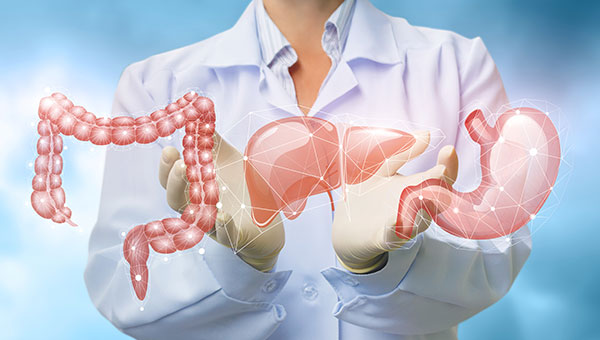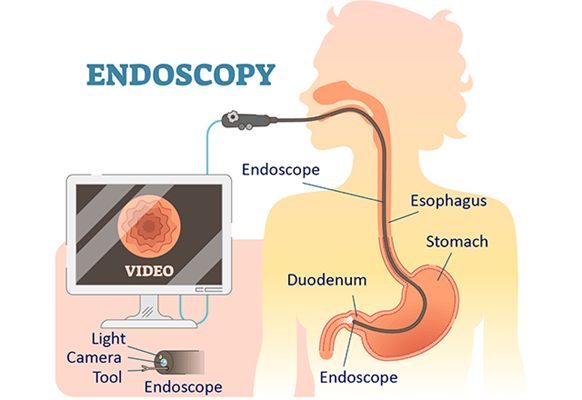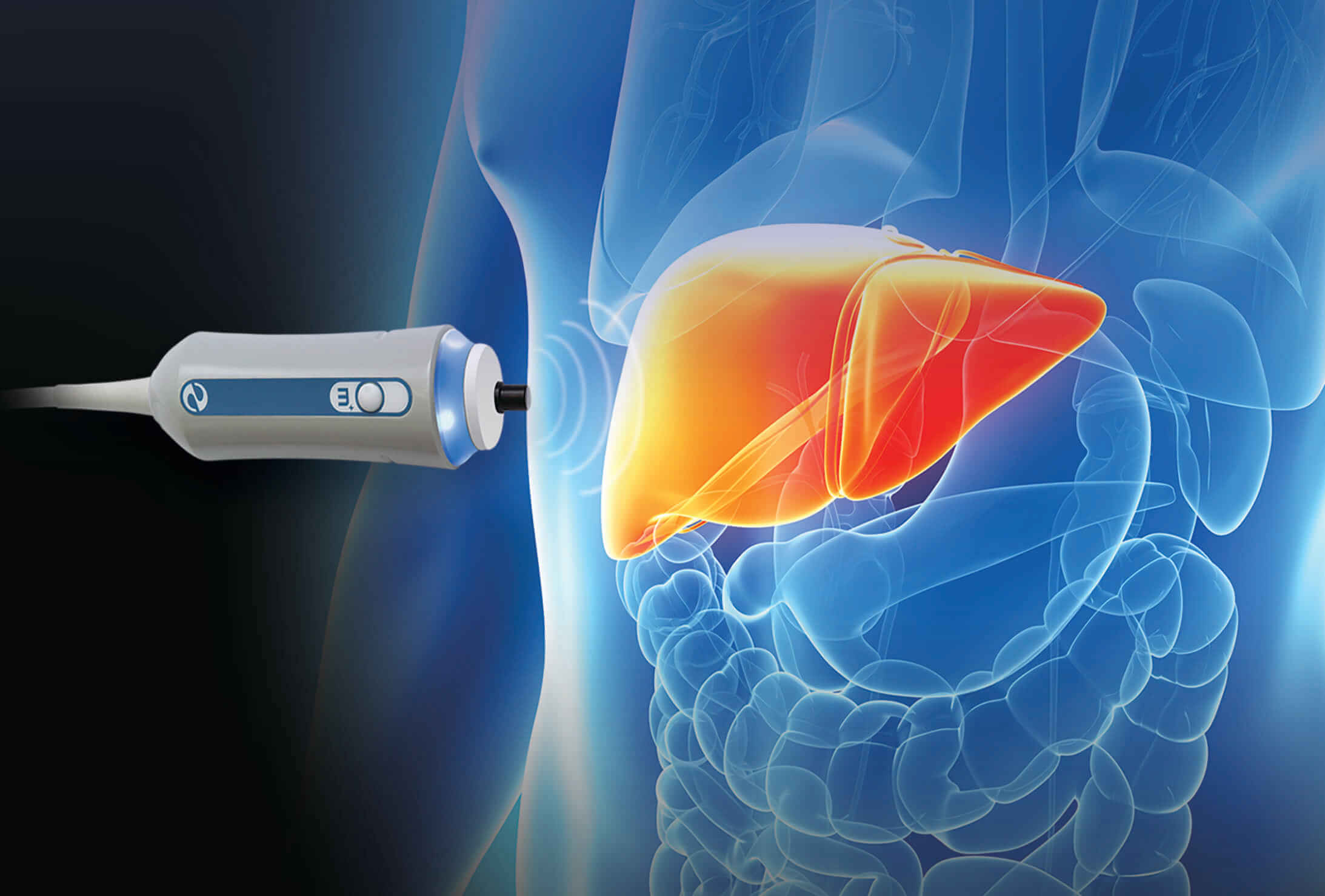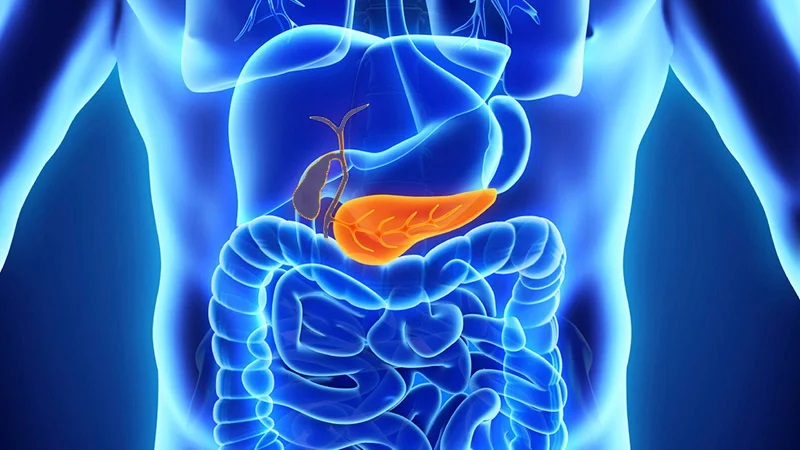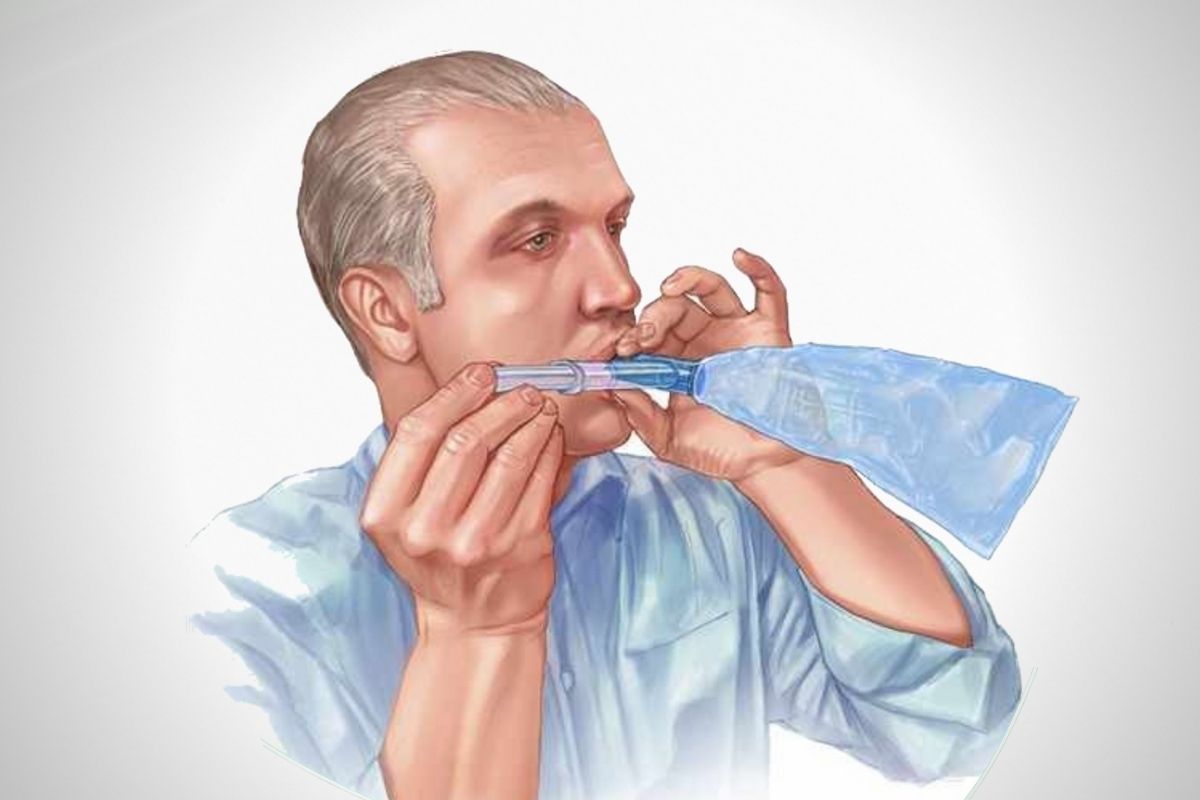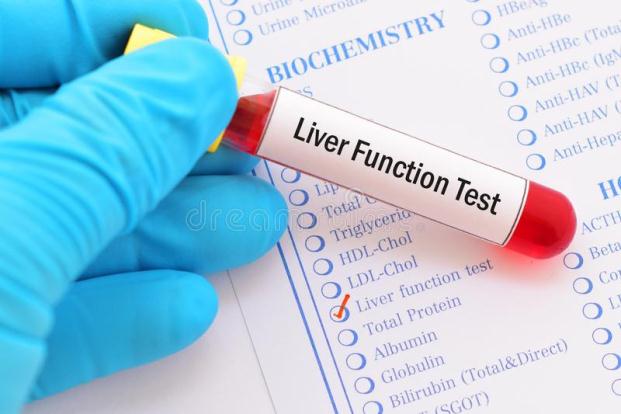Electrogastrogram Details
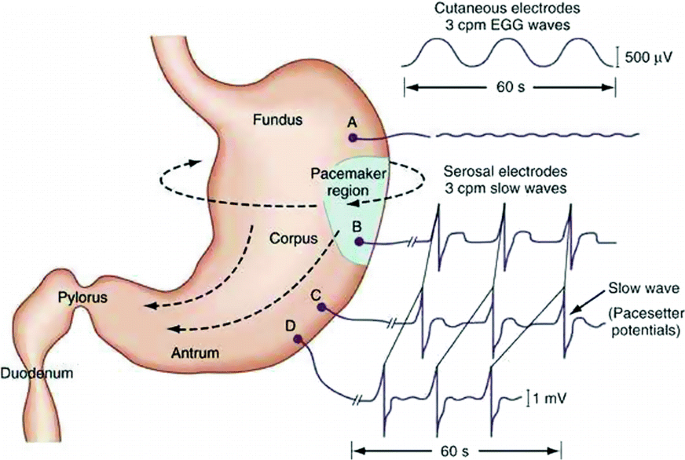
An electrogastrogram (EGG) is a diagnostic test used to measure the electrical activity of the stomach muscles. The stomach generates electrical signals that control its contractions and help with the digestion of food. The EGG captures these signals using electrodes placed on the skin over the abdomen, much like an electrocardiogram (ECG) records the electrical activity of the heart.
Purpose of an Electrogastrogram:
The EGG is primarily used to evaluate gastric motility disorders, which are conditions that affect the normal movement of the stomach muscles, causing symptoms like nausea, vomiting, bloating, early satiety (feeling full too quickly), and indigestion.
Common conditions for which an EGG might be used include:
- Gastroparesis: A condition where the stomach muscles do not contract properly, delaying stomach emptying. It can result in nausea, vomiting, bloating, and a feeling of fullness after eating small amounts of food.
- Functional Dyspepsia: A condition characterized by upper abdominal discomfort or pain without an obvious cause. The EGG can help determine if abnormal gastric electrical rhythms are present.
- Other Gastric Dysrhythmias: Abnormal electrical activity in the stomach, such as bradygastria (slow electrical activity) or tachygastria (fast electrical activity), which may be associated with motility disorders.
How the Electrogastrogram Works:
The stomach muscles generate rhythmic electrical signals that coordinate their contractions. These signals can be measured externally and help determine if the stomach’s motility is functioning normally.
Normal Gastric Rhythm: In a healthy individual, the stomach generates electrical signals at a regular frequency of about three cycles per minute (3 cpm), which corresponds to the stomach’s normal contractions.
Abnormal Rhythms:
- Bradygastria: Electrical activity slower than normal (less than 2.5 cpm), indicating slow gastric contractions.
- Tachygastria: Electrical activity faster than normal (more than 3.75 cpm), indicating rapid gastric contractions.
- Gastric Dysrhythmia: Irregular or uncoordinated electrical activity, which may interfere with the normal movement of food through the stomach.
The Procedure:
Preparation:
- The patient is typically asked to fast for several hours (usually 6 to 8 hours) before the test to ensure the stomach is empty.
- In some cases, the test is performed both while fasting and after consuming a meal (known as a meal challenge) to observe how the stomach responds to food.
The Test:
- The patient lies down, and several electrodes are placed on the abdomen over the stomach.
- These electrodes are connected to a recording device that captures the electrical signals generated by the stomach muscles.
- The test is usually conducted for 30 to 90 minutes in a fasting state, and sometimes an additional test is performed after eating a small meal.
- The electrical activity is recorded as a series of waves that correspond to the stomach's contractions.
Post-Procedure:
- The test is non-invasive and painless. After the test, the patient can resume normal activities immediately.
- There are no side effects or recovery time associated with the procedure.
Interpreting Electrogastrogram Results:
- Normal EGG: A consistent rhythm of 3 cycles per minute (3 cpm) is considered normal gastric activity.
- Abnormal EGG: A pattern of bradygastria, tachygastria, or dysrhythmia suggests abnormal gastric motility. This could indicate conditions like gastroparesis or functional dyspepsia.
- The results of an EGG are often used in conjunction with other tests (like gastric emptying studies or upper GI endoscopy) to provide a comprehensive diagnosis.
Benefits of Electrogastrogram:
- Non-invasive: The test is simple, painless, and non-invasive, with no risk of complications.
- Insight into Gastric Motility: It provides valuable information about the stomach's electrical activity, which can help diagnose motility disorders when other tests, such as imaging, are inconclusive.
Limitations:
- Sensitivity: The EGG provides indirect measurements of gastric motility, which may not always correlate perfectly with clinical symptoms or other diagnostic findings.
- Limited Availability: EGG is not widely used or available compared to other diagnostic tests like gastric emptying studies, and its use is often limited to specialized centers.
Alternative Tests:
In addition to an electrogastrogram, other tests may be used to diagnose gastric motility disorders:
- Gastric Emptying Study: A more common test that measures how quickly food leaves the stomach.
- Manometry: Measures the pressure inside the stomach and intestines to evaluate muscle contractions.
- Endoscopy: Used to visualize the stomach lining and check for structural abnormalities.
An electrogastrogram is a useful diagnostic tool for detecting abnormal gastric electrical rhythms, which can aid in the diagnosis of disorders like gastroparesis and functional dyspepsia.

